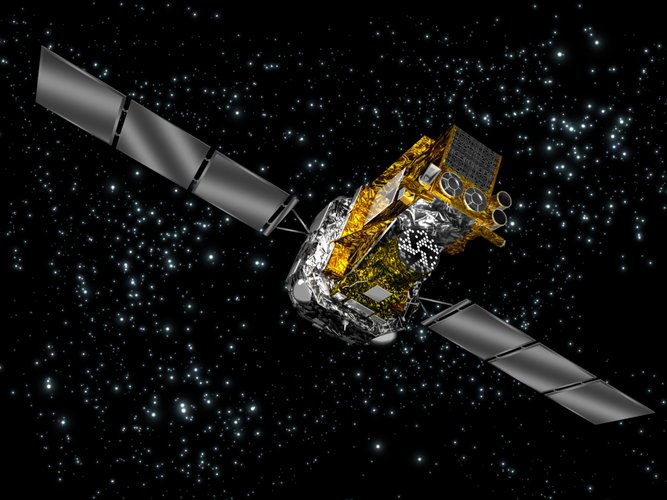
ESA's Integral was launched on 17 October 2002, from the Baikonur Cosmodrome in Kazakhstan, on a mission to observe the ever-changing, powerful, and extreme cosmos.
“For over two decades, Integral has shown us time and time again how important it is to look at the sky in gamma-ray light,” notes Jan-Uwe Ness, ESA’s Integral Project Scientist. “Some of the bursts of light associated with extreme physical events in our Universe can only be fully understood if we catch the rays that come from the very core of the blasts: the gamma rays.”
Unlike visible and radio light coming from space, which we can observe from the ground, cosmic gamma rays can only be captured in space. This is because Earth's atmosphere acts as a shield to protect us from these harmful rays.
“Integral has transformed our understanding of the dynamic high-energy Universe and physics in extreme conditions,” adds Prof. Carole Mundell, ESA Director of Science.
“That Integral’s spacecraft and instrumentation have performed so exquisitely well for so many years is testament to the quality of the technology developed by the European scientific community and space industry at the turn of the millennium, and the science and engineering teams at ESA who have operated this mission ever since. Congratulations to all our communities for their dedication and achievements.”

